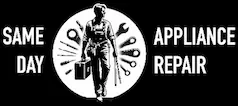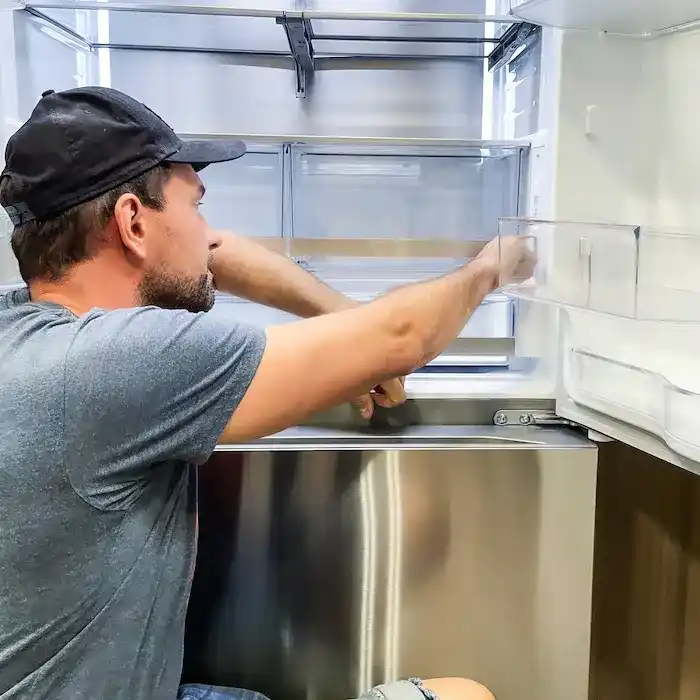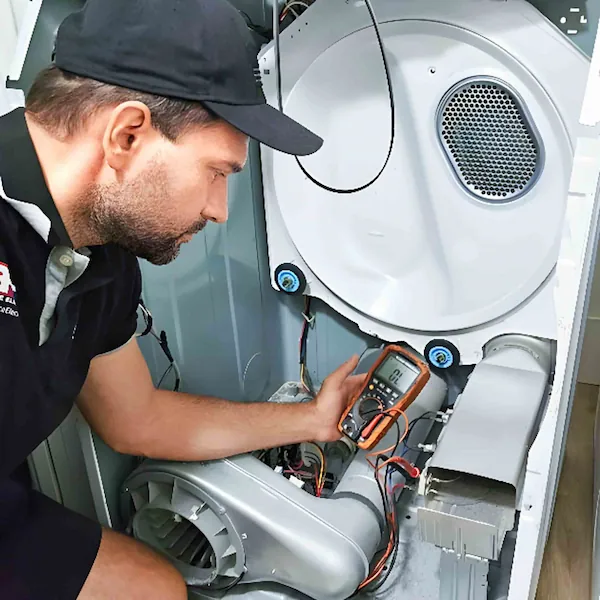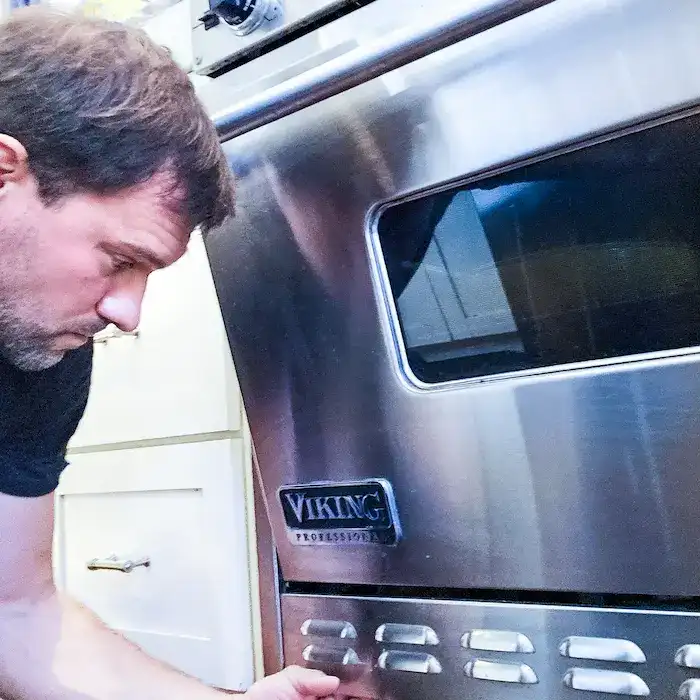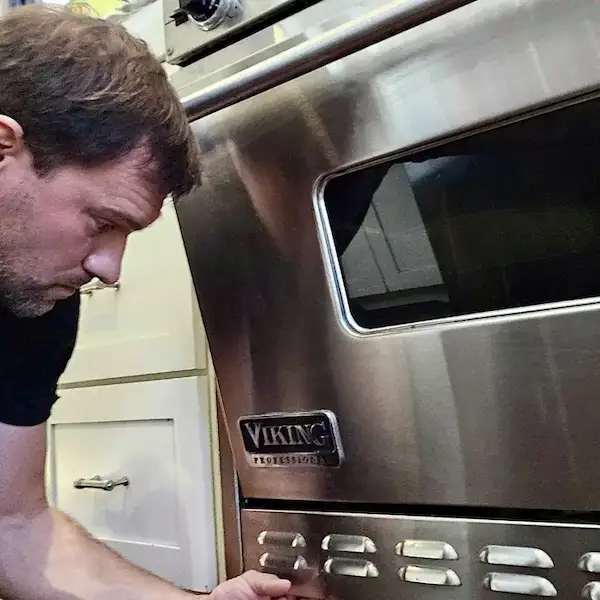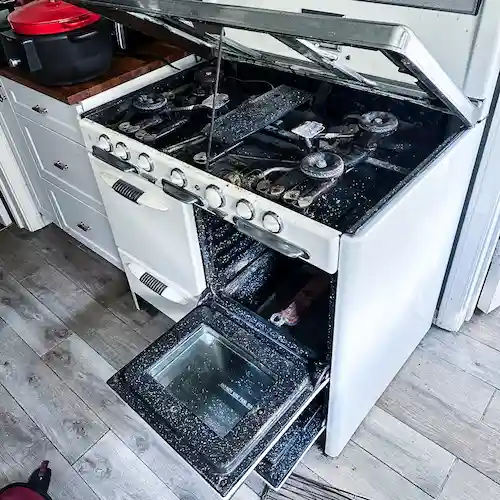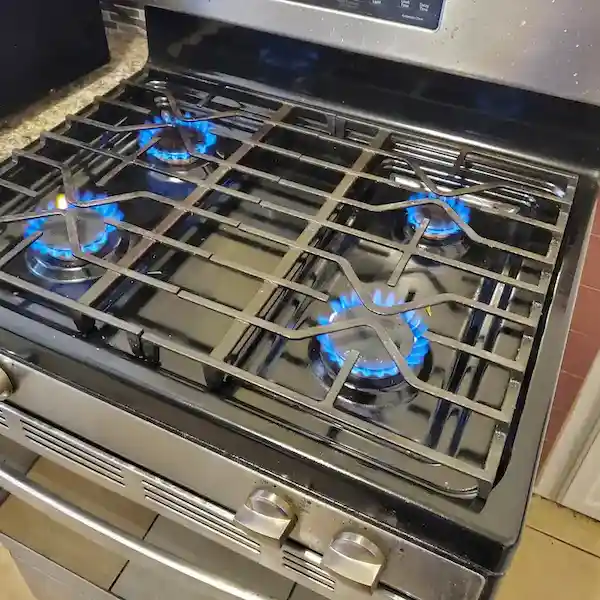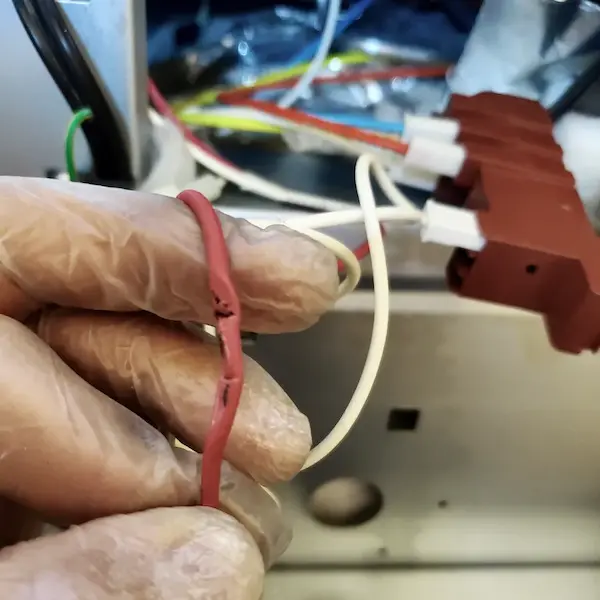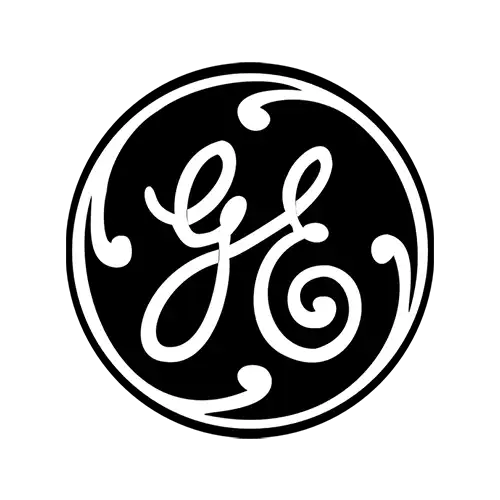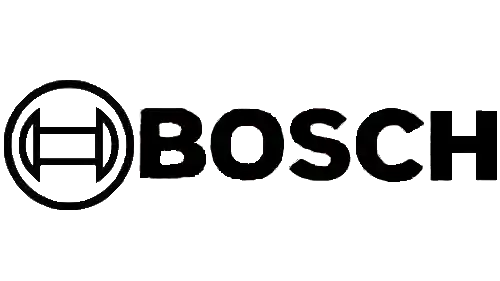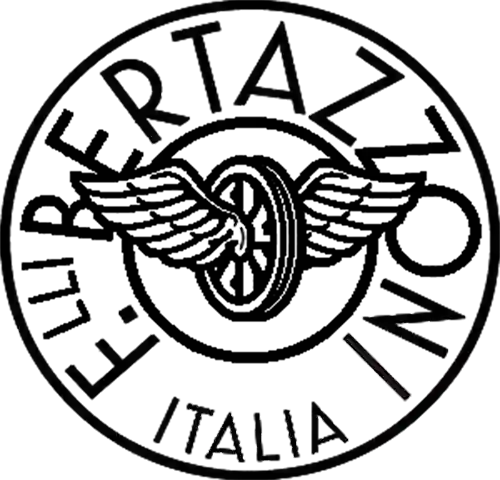Same-Day Stove Repair Services in Los Angeles and Surrounding Areas
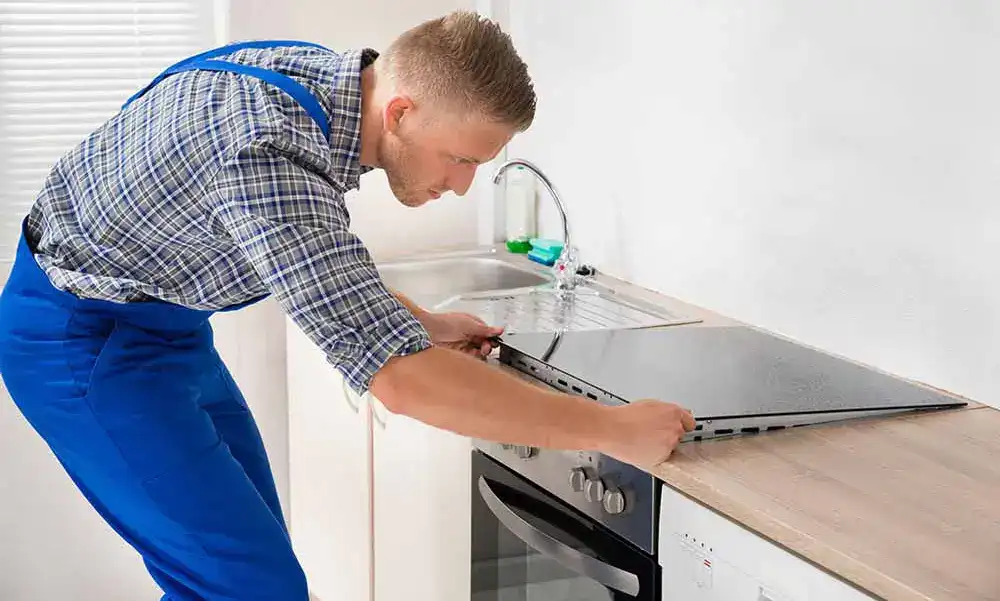
At Same Day Appliance Repair, we understand how essential a well-functioning stove is to your household. Our stove repair services cover all types and models, ensuring your appliance returns to peak performance without delay. With extensive, factory-trained experience, our technicians provide stove repair throughout Los Angeles and surrounding areas, servicing major brands like Maytag, LG, Whirlpool, and more. We know that when your stove isn't working correctly, it can disrupt your daily routine, especially when it's time to cook meals for your family. That's why our technicians work efficiently and effectively, using only top-quality parts and labor to restore your stove to optimal condition.
Whether your stove needs a minor fix or an in-depth repair, we're ready to handle it. Our stove repair services cover everything from burner malfunctions and heating issues to electrical problems and igniter repairs. Contact us today to schedule your stove repair and get your kitchen back in working order the same day.
